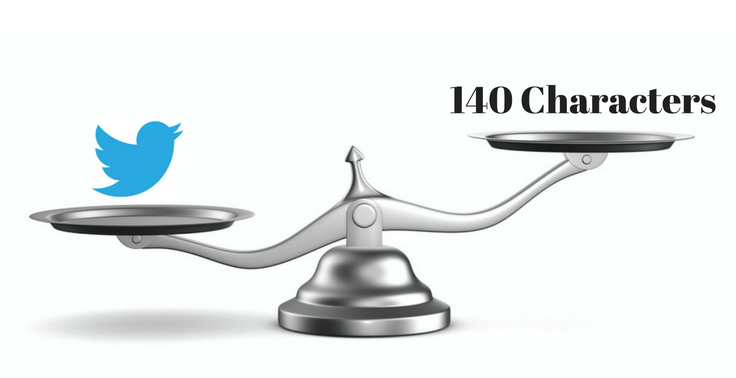
College Reputation Arms Race – And Puppies
The university admissions process is a big topic around my house these days as my daughter is prepping for college

The university admissions process is a big topic around my house these days as my daughter is prepping for college

Despite incredible advances in technology, the development of messaging during a crisis still feels like it is done on the

Here’s a news flash from well-known speaker and author David Avrin: Your marketing probably sucks. Ouch, right? In his latest

As I read more business books and meet more authors, I find it interesting that many have started out writing

Late last year, I met author and customer experience sage Brian Solis. My blog post about my conversation with him,

I wrote a post about my efforts to write a book, my take on the publishing industry, and my desire

If marketing whiz Jeff Hayzlett ruled the world, one of the first orders of business would be to outlaw the

A few weeks back, I interviewed David Meerman Scott about his book, The New Rules of Marketing & PR, and

We all have emotional connections to brands, whether we care to admit it or not. If you always buy a

One thing that I often hear from executives is that they want to improve their corporate communications, marketing and public
At David PR Group, we’re more than just a PR firm; we’re a partner in your success. Let’s start with a project and grow from there.